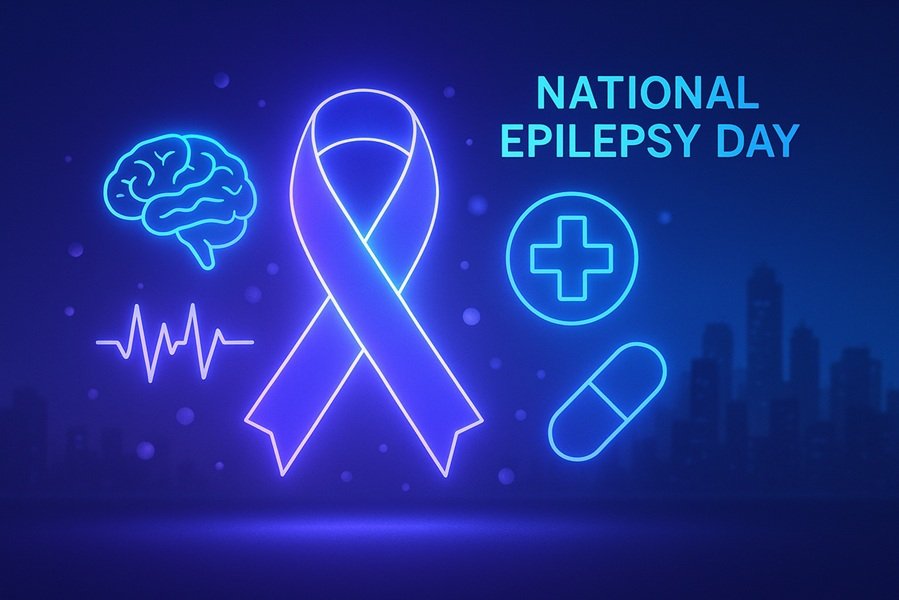
The Human Immunodeficiency Virus (HIV) is a global public health concern that has claimed millions of lives since it was first identified in the early 1980s. HIV is a virus that attacks the body’s immune system, specifically the CD4 cells (T cells), which help the immune system fight off infections. If left untreated, HIV can lead to the disease AIDS (Acquired Immunodeficiency Syndrome).
Today, thanks to advancements in medical science, HIV is no longer a death sentence. With early diagnosis, proper medical care, and continuous antiretroviral therapy (ART), individuals living with HIV can lead long, healthy lives. In this article, we delve into the various aspects of the HIV virus, including its transmission, symptoms, stages, diagnosis, treatment, prevention, and the social impact of the disease.
What is HIV?
HIV is a retrovirus that primarily infects vital cells in the human immune system such as helper T cells (specifically CD4+ T cells), macrophages, and dendritic cells. As the virus progresses, it impairs the immune system, making the body more vulnerable to opportunistic infections and certain cancers.
Unlike many other viruses, the human body cannot completely rid itself of HIV. This means that once someone contracts HIV, they have it for life. However, modern HIV treatment allows most people with the virus to live normal, healthy lives and significantly reduces the risk of transmission.
How is HIV Transmitted?
Understanding how HIV is transmitted is crucial to preventing its spread. HIV is present in certain body fluids of an infected person, including:
- Blood
- Semen
- Vaginal fluids
- Rectal fluids
- Breast milk
Common Modes of HIV Transmission:
- Unprotected Sexual Intercourse: The most common way HIV is transmitted. This includes vaginal, anal, and, less commonly, oral sex with an HIV-positive person without using protection.
- Sharing Needles: People who inject drugs and share needles are at high risk of HIV transmission due to the direct exchange of blood.
- Blood Transfusions: In some countries with inadequate screening protocols, HIV can be transmitted through transfusions of contaminated blood.
- Mother-to-Child Transmission: HIV can be passed from an infected mother to her child during pregnancy, childbirth, or breastfeeding.
- Occupational Exposure: Healthcare workers can be exposed to HIV through needle-stick injuries, although the risk is low.
HIV is NOT transmitted by:
- Casual contact like hugging or shaking hands
- Sharing toilets
- Sharing utensils or food
- Mosquito bites
- Sweat, tears, or saliva (unless mixed with blood)
Stages of HIV Infection
HIV progresses through three main stages if left untreated:
1. Acute HIV Infection
- Occurs 2 to 4 weeks after exposure to the virus.
- Symptoms are often flu-like: fever, sore throat, rash, swollen lymph nodes, and fatigue.
- This is when the virus multiplies rapidly, and the person is most contagious.
2. Chronic HIV Infection (Clinical Latency)
- Also known as asymptomatic HIV or clinical latency stage.
- HIV is still active but reproduces at low levels.
- Individuals may not have symptoms, but they can still transmit the virus.
- Without treatment, this stage can last a decade or longer.
3. Acquired Immunodeficiency Syndrome (AIDS)
- The final and most severe stage of HIV.
- The immune system is badly damaged, leading to an increased risk of opportunistic infections and cancers.
- Without treatment, people with AIDS typically survive about three years.
Symptoms of HIV
The symptoms of HIV vary depending on the stage of infection:
Early Symptoms (Acute Phase):
- Fever
- Rash
- Night sweats
- Sore throat
- Muscle aches
- Fatigue
- Swollen lymph nodes
Chronic HIV Symptoms:
- Weight loss
- Diarrhea
- Recurring fevers
- Persistent fatigue
- Swollen lymph nodes
AIDS-related Symptoms:
- Rapid weight loss
- Extreme fatigue
- Prolonged swelling of lymph glands
- Pneumonia
- Skin blotches or unusual spots
- Memory loss, depression, and other neurological disorders
Diagnosing HIV
Early diagnosis is key to managing HIV effectively. There are several types of tests available:
1. Antibody Tests:
- Detect the presence of antibodies to HIV in blood or oral fluid.
- Most rapid tests and home testing kits fall into this category.
2. Antigen/Antibody Tests:
- Can detect both HIV antibodies and antigens (p24).
- Can identify HIV sooner than antibody-only tests.
3. Nucleic Acid Tests (NAT):
- Detect HIV RNA in the blood.
- Useful for detecting HIV very early, though expensive and not routinely used.
HIV Self-Test Kits:
- Available in many countries.
- Offers privacy and convenience.
It’s recommended that individuals at higher risk for HIV get tested regularly. Testing is the only way to know for sure whether someone has the virus.
HIV Treatment
There is no cure for HIV, but it can be controlled with proper medical care. The primary treatment is Antiretroviral Therapy (ART).
What is ART?
ART involves taking a combination of HIV medicines every day. It:
- Reduces the viral load (amount of virus in the blood)
- Prevents progression to AIDS
- Improves quality of life
- Reduces the risk of transmitting the virus to others
With consistent ART, the viral load can become “undetectable,” meaning the amount of virus in the blood is so low that it can’t be detected by standard tests. People with an undetectable viral load cannot transmit HIV sexually—a concept known as U=U (Undetectable = Untransmittable).
Preventing HIV Infection
HIV prevention is as important as treatment. Here are some effective strategies:
1. Safe Sex Practices:
- Use condoms correctly and consistently.
- Get tested and know your partner’s status.
2. Pre-Exposure Prophylaxis (PrEP):
- Daily pill taken by HIV-negative individuals at high risk.
- Reduces the risk of HIV transmission by up to 99% during sex.
3. Post-Exposure Prophylaxis (PEP):
- Emergency medication taken within 72 hours of potential HIV exposure.
- Effective if started promptly and taken for 28 days.
4. Needle Exchange Programs:
- Provide sterile needles to people who inject drugs.
- Help prevent HIV and other bloodborne infections.
5. Male Circumcision:
- Studies show it reduces the risk of heterosexual men acquiring HIV.
Living with HIV
Thanks to medical advancements, many people with HIV live long and fulfilling lives. Key aspects of living well with HIV include:
- Regular medical check-ups
- Consistent ART adherence
- Healthy lifestyle (balanced diet, exercise, no smoking or drug use)
- Mental health support
- Support groups and counseling
People with HIV can work, have relationships, and even have children without transmitting the virus, thanks to modern medical strategies.
Social Stigma and HIV
One of the biggest challenges in HIV care and prevention is the stigma associated with the disease. Myths, misinformation, and discrimination can lead to:
- Delayed diagnosis
- Mental health issues
- Social isolation
- Barriers to treatment
Education, awareness, and compassionate healthcare are essential to combat stigma and support those living with HIV.
Global Statistics and Progress
- According to UNAIDS, approximately 39 million people worldwide were living with HIV in 2023.
- Over 28 million people were accessing ART.
- New infections have declined by over 50% in many regions due to increased awareness and access to treatment.
Global initiatives like “95-95-95” aim to:
- Diagnose 95% of all HIV-positive individuals,
- Provide ART to 95% of those diagnosed,
- Achieve viral suppression in 95% of those treated.
Conclusion
HIV remains a significant global health issue, but it is no longer the death sentence it once was. With accurate information, early testing, effective treatment, and proper prevention strategies, the world has made substantial progress in managing HIV.
Ongoing efforts in research, education, and policy are needed to combat stigma, ensure equal access to treatment, and ultimately end the HIV epidemic.







